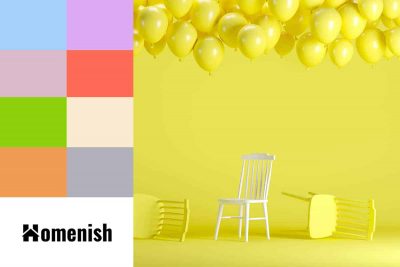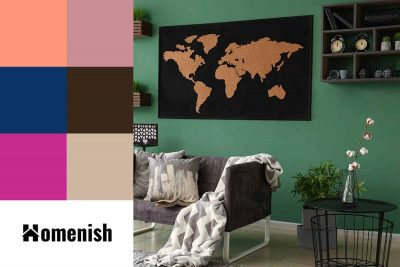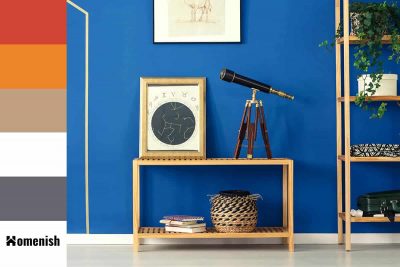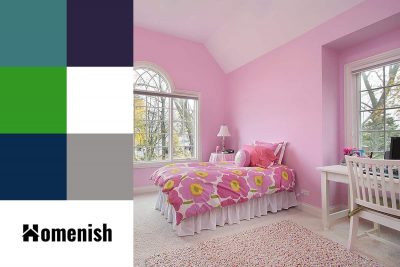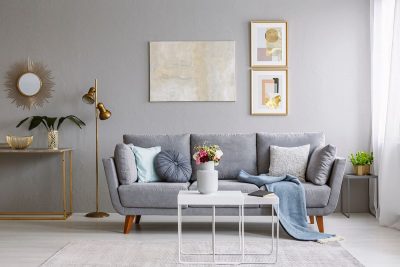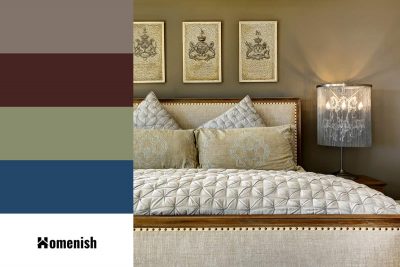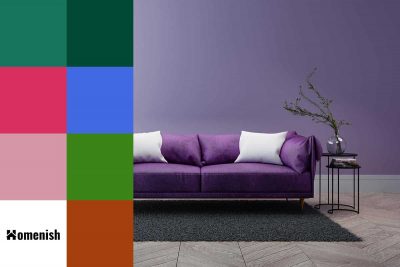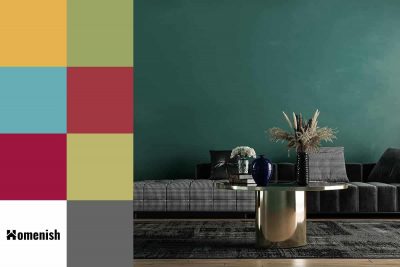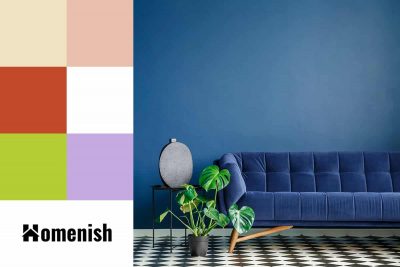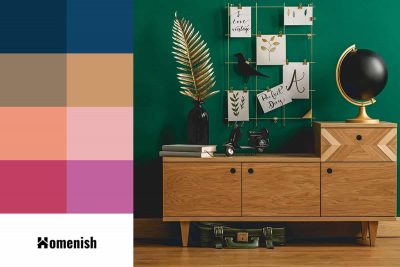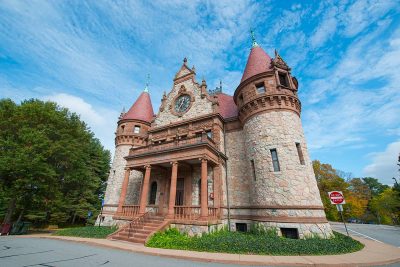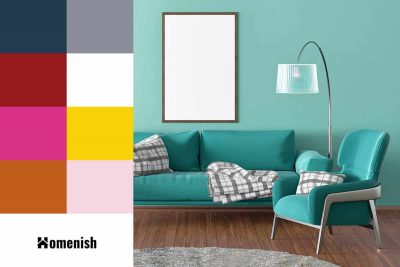Home design & decorating tips about architecture, color schemes, paint colors, interior styles, and so on.
Decorating
Yellow is a cheerful and vibrant shade, but it can feel too stimulating in home decor, which might be one of the reasons that bright yellow isn’t commonly used as a wall paint choice or for soft furnishings in homes. However, as a pastel color, pastel yellow presents a much softer and more delicate color which makes for a warm and cozy atmosphere that is joyful without being intense.
Jade green is a medium shade of green with blue undertones. It definitely leans more towards green than blue, though some people do describe this color as blue-green. It is named after the precious gemstone of the same color, which has been treasured for centuries across Asia.
Cobalt blue is an extremely intense shade of blue that borders on electric blue. It is neither dark nor light and sits somewhere in the middle of blue shades. The vibrant and potent nature of this color can make it a difficult shade to pair with other colors, but when used alongside complementary shades, it can make a stunning statement in interior decor.
Light pink can encompass a range of pink shades, from pale bubblegum pinks to duskier blush shades of pink that have come to be known as ‘millennial pink.’ While sweet pinks are still popular in children’s bedrooms, it is the dustier light pinks that have really become a mainstay of interior design for any room in the home.
Light gray is a color that, in interior design circles, was once considered to be drab and dull. It is a shade that doesn’t offer much personality and is void of color, but this is a quality that can be useful when creating a neutral room.
Khaki is a sandy shade of light brown with yellow undertones. It is not the same as khaki green, which has more of an olive green color. Khaki is synonymous with military uniforms around the world, but particularly in desert environments where it offers a good level of camouflage.
Dark purple is a deep purple shade that is sometimes known as royal purple because of the long history of this color being used by monarchs. Dark purple can vary from eggplant through to plum or mulberry, and it sometimes has blue undertones, or it can also have red undertones, which give it a fiery intensity.
Dark green is a huge trend in interior design right now, which keeps going from strength to strength. One of the reasons why dark green has longevity and is taking center stage on the interior scene for longer than you might expect is because it can actually be used as a neutral. Here we look at how to use this popular color in your interior space and which colors to pair it with.
Historically, dark blue has not been very trendy in interior design because, for a long time, people have leaned towards paler and more neutral colors. However, this is all changing with the rise in popularity of dark decor and the new understanding that dark rooms don’t always result in a small feeling space.
Emerald green is a rich and deep shade of green that has become a favorite color for interior designers and decorators alike over the last two years, and it is showing no sign of slowing down. Emerald green is a stunning jewel-toned color that can be used to create a sense of luxury and wealth in a room, or it can be paired with more neutral tones for an earthy and natural vibe.
The Richardsonian Romanesque style architecture goes back as far as the Medieval times in the Middle Ages. With its dominating churches and mansions, this style building can be seen in both the US and Europe. The impressive style is closely associated with the Romanesque Revival architecture, which also dates back to the Medieval times.
Cyan is a color that is achieved by mixing blue light with green light, and so it sits right between blue and green on the color wheel. However, anyone looking at the color of cyan would most likely say that it is a shade of blue and not green.
